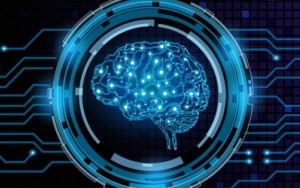Three-Dimensional Model of Attribution Definition
 The three-dimensional model of attribution posits that the explanations people give for the things that happen to them can vary on three distinct factors, and these variations have consequences for people’s mood, self-perception, and well-being.
The three-dimensional model of attribution posits that the explanations people give for the things that happen to them can vary on three distinct factors, and these variations have consequences for people’s mood, self-perception, and well-being.
Attributions can be stable (true across time) or unstable (temporary); they can be internal (stemming from the person) or external (stemming from the environment); and they can be global (applying to many domains) or specific (limited to one area).
Three-Dimensional Model of Attribution Background
According to initial work on learned helplessness, exposure to uncontrollable negative events can lead to depression. Upon further research, however, Martin Seligman and colleagues, who originally developed the theory of learned helplessness, found that this was true for some people but not for others.
Their research showed that what separated the depressed from the nondepressed was a tendency to attribute those negative events to factors that were stable, internal, and global, despite their inherent uncontrollability. While the type of attribution people make can vary on all three dimensions, depending on the event being considered as well as many other factors, people often show a general tendency across attributions toward one pattern of explanation or another. Seligman developed a test to measure this individual difference, called the Attributional Style Questionnaire.
This questionnaire has people give explanations for a series of hypothetical positive and negative events; the general patterns of responses that they give can be used to make diagnoses or predictions.
For example, a person who fails a test and explains his or her poor grade by saying, “I never do anything right,” which is a stable, internal, global explanation, is more likely to become depressed than a person who explains away their failure by saying, “That test was especially difficult,” an unstable, external, specific explanation.
This latter type of attribution for negative events may in fact be more common. Nondepressed people also make stable, internal, global attributions, but they tend to make them for positive events instead. Most people feel that the positive things that happen to them are due to their person and therefore they were the direct cause, and negative events are due to the situation and therefore those events shouldn’t reflect poorly on them. They may believe, for example, that when they pass a test, it is because they are smart (which is stable, internal, and global), and when they fail, it is because of the test or some other situational factor (which is unstable, external, and specific).
This tendency to take credit for successes and shirk blame for failures is part of what underlies people’s tendencies toward positive self-esteem and even self-enhancement.
References:
- Abramson, L. Y., Seligman, M. E. P., & Teasdale, J. D. (1978). Learned helplessness in humans: Critique and reformulation. Journal of Abnormal Psychology, 87, 49-74.
- Peterson, C., & Seligman, M. E. P. (1984). Causal explanations as a risk factor for depression: Theory and evidence. Psychological Review, 91, 347-374.